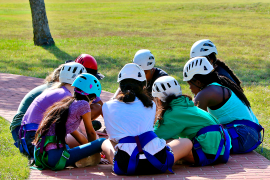Saying that this year has thrown us for a loop is an understatement. Whether you are attending camp virtually or on-site and socially distanced, one thing remains the same—you’ve got to eat. Especially during times like this, to stay healthy, it is important to put good in to get good out.
When children are in school, the guidelines on school breakfasts and lunches ensure that those meals are well rounded and offer optimal portions of the food groups. As an extension of the classroom, we know that it is important to keep those healthy habits during the summer months as well.
Here are five ways that you can incorporate fresh fruits and vegetables into your in-person or virtual programming to keep healthy food on your kids’ plates.
1. Make good food easy.
Kids are all about convenience. Heck, aren’t we all? Having fresh fruits and vegetables readily available for kids to consume will take away the inconvenience of preparation. So as you are washing off and storing produce, package them in single portion sized groups so that it can be ready for grab ‘n’ go consumption.
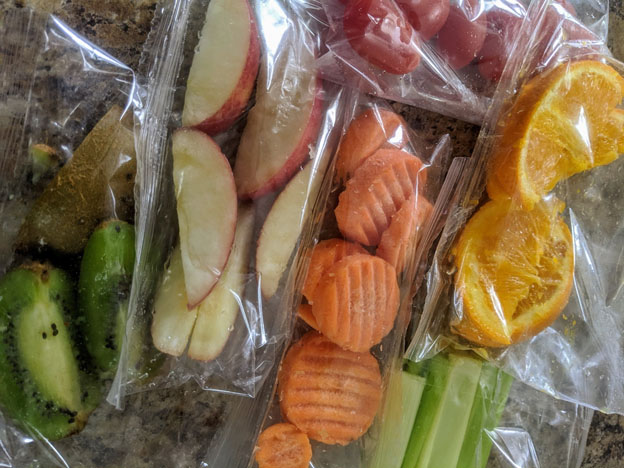
2. Make good food fun.
Try making a game of eating the healthy foods like Food Bingo. This option allows them to try an array of things and get a reward. Another fun way to get them to eat, is to make the foods beautiful works of art that helps to spur creativity. Camping focused activities like fire building with carrot sticks is a fun activity as well. They are the start of a meal that ignites their energy!
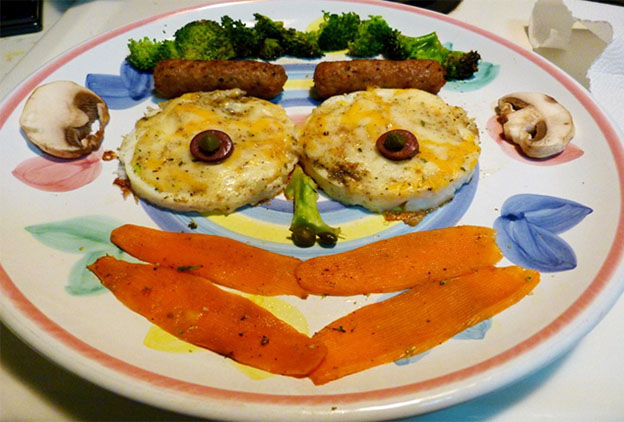
3. Make sure they know what the food does for their bodies.
Not that kids are totally self-centered, but they do like themselves—as we all should. Knowing this, kids are more likely to eat the fruits and vegetables when they know how the food fuels them. Oranges for Vitamin C (immune boosting aka keeps germs at bay), cantaloupe for potassium (good for muscles and nerves aka good for movement), broccoli for Vitamin K (healthy bones aka strong bodies). Then talk about what kind of body they have after eating the fruits and vegetables.

4. Make good food taste good.
Living in a world in which most foods are available year-round makes us forget that foods have a seasonality. When foods are in season, they are not only tastier, they are cheaper! Summer strawberries and peaches are going to taste better than oranges, which are ripe domestically December through March. Also, sourcing locally grown foods helps too. The items are harvested when they are ripe because they have less travel time. Not only are you living la vida tasty, you’re stimulating the local economy.
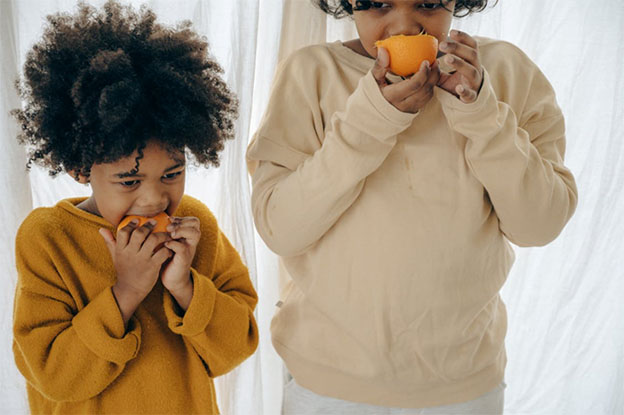
5. Let them help.
We all get a sense of pride in accomplishing a task, no matter how miniscule. When it comes to mealtime, chose a kid to help with preparation or distribution. In a socially distanced environment, having less hands is ideal, so only choose one kid to help. If making meals at home, include them in the process. Allow them to be your sous chef. Then when the meal is ready, they will have a sense of ownership over the meal and be more apt to consume it.
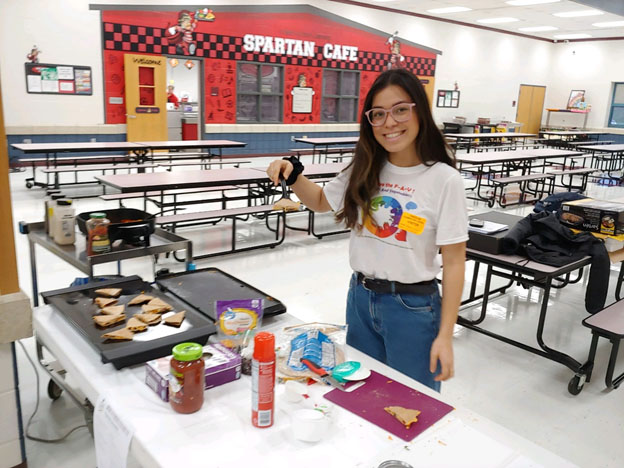
To learn more about how to get delicious fresh fruits and vegetables including portion-packed items to your camp, after-school program or school, visit DNO Produce's website.


